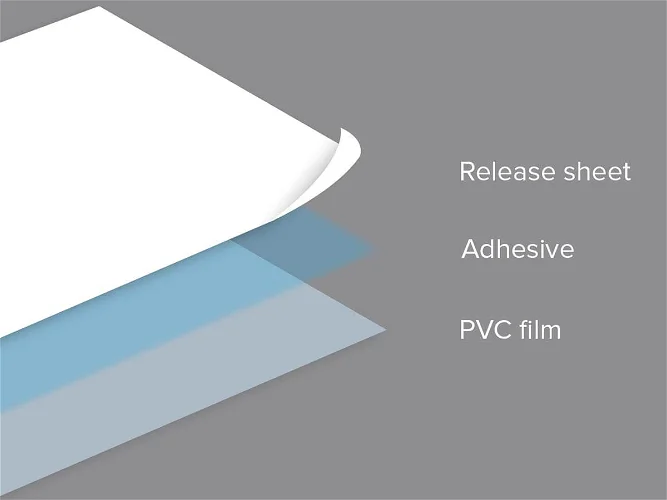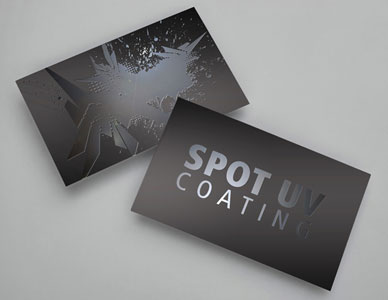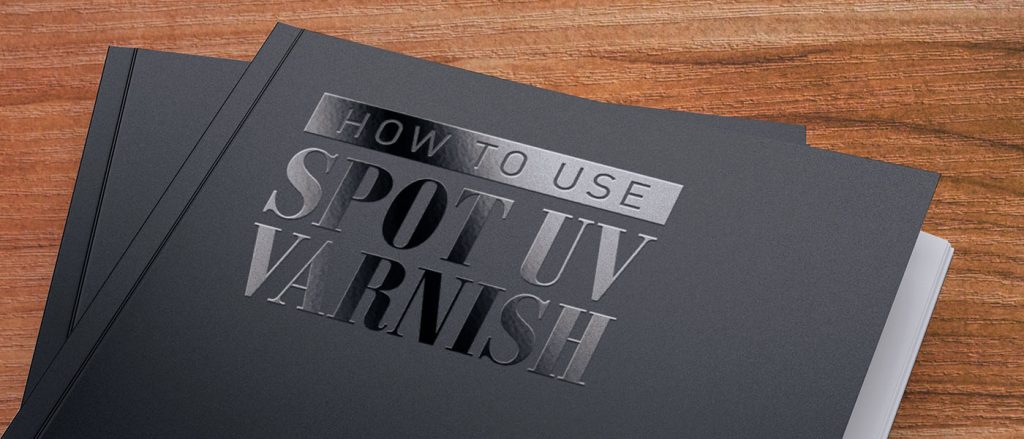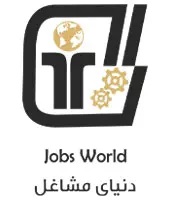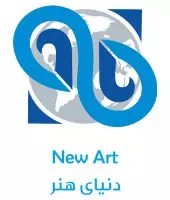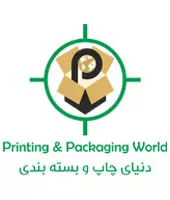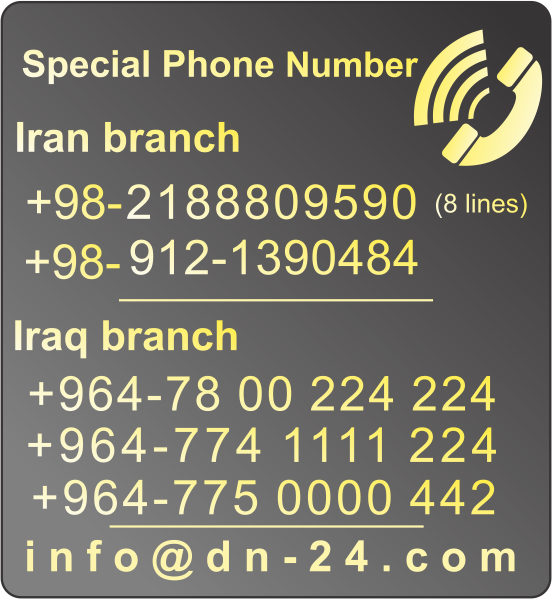Post-Printing Services
Types of Coating
The types of coating in printing include uv (uv) matte and glossy uv-(uv) positional-matte and glossy adhesive and thermal, uv acrylic, uv(uv) sand, machine varnish and laminate, which are used to strengthen and extend the life of the work and to improve the beauty and brightness of the color. It is worth mentioning that the New World Design, Printing and Advertising Company has the capability of matte and glossy film coating with patterns, which are usually used for fancy printing jobs. All coatings have the ability to engrave MBUS (embossing) patterns. The price of uv, film, varnish is different for each one and the cost of each one is added to the printing cost.
A) Film:
In some cases, coating on the printed product is mandatory. For example, if you want to print 300-gram gloss and then fold it, the work will definitely break and you must use film. In fact, in addition to the strength of the work, it also makes it beautiful, but it does not make your work thicker.Simple films come in two ways: matte or glossy, which is a matter of taste.Another type of film is velvet film, which is more expensive. The film coating is applied to the work in two ways: thermal and pocket by the film stretching machine, and the quality and price of thermal film is higher. The cost of film stretching is calculated per square centimeter.
B) Laminate:
Another type of coating is laminate, which is essentially a thick plastic coating with a thickness of 50 to 700 microns that is placed on the work. It has two types of matte and glossy laminate.Laminating printed products is done in two ways: thermal and cold.In thermal lamination, the printed paper is placed between the matte or glossy laminate, then placed inside the lamination machine, and the machine heats the laminate with a heater and press, and the lamination process is performed. In the cold lamination method, the film itself has adhesive and only pressing is done. It is used for papers that are sensitive to heat.
C) UV coating:
UV coating makes the work glossy, but it is not added to the end of the work. UV coating is cured by ultraviolet light. It comes in two types: cylindrical UV and UV embossing. Cylindrical UV is used for low-cost jobs. For UV embossing, you need to make the parts you want to be UV local black in the file and give the file to the lithography for preparing the UV local film. UV local has different modes, one of which is sand UV.
D) Varnish coating:
Another type of coating is varnish, which is applied in two ways: hot and cold. In the cold varnish method, varnish is mixed with ink in a certain ratio and is transferred to the paper during printing, which stabilizes the color in printing. It is only used in offset printing. In the hot varnish coating method, varnish is transferred to the desired location using a lithographic film, which prevents the work from becoming glossy.The difference between varnish coating and UV coating is that varnish coating is used to stabilize color in printing and is not very noticeable in the appearance of the work, but UV coating completely makes the work glossy.
Molding:
Molding is one of the services that is used for die-cutting, perforating, and fold lines using a die-cutting or letterpress machine. Molding is used for packaging and production of boxes, brochures, and catalogs with special designs.Mold making has two main parts. The first part is the main mold surface, which is made of plywood of a special type with four layers or more. Due to the pressure exerted on it when using the letterpress machine, it must have the necessary strength. The second part is the blades, which perform two main tasks: one is cutting and the other is folding, meaning that the blades cut the cardboard and the fold blades apply the appropriate pressure so that the relevant section can be easily folded.Step 1:Mock-up and sampling, which requires the existence of a map, which is the same as the widespread or blade design for the original design, in which the cutting and fold or glue application is specified.
Step 2:
Mold cuts are performed by laser and fully automatic machines.
Step 3:
The blades are placed in their place. In advanced methods, before production, all stages and the final result can be seen virtually using three-dimensional software.
Flat molds:Rotary mold production process: Rotary molds are flexible molds that perform molding simultaneously with printing. These molds are suitable for flexo printing and have very high quality.Mold punching (letterpress, die-cutting, bobs, and embossed)It is done by letterpress and die-cutting machines, from line cutting to mold punching of various boxes, embossing surfaces, and crescent and half-blade labels. In the design, printing, and advertising company of the new world, with the use of the most advanced machines and specialized staff, all letterpress, die-cutting, bobs, and embossing services are done with the best quality and lowest price.
A) Letterpress

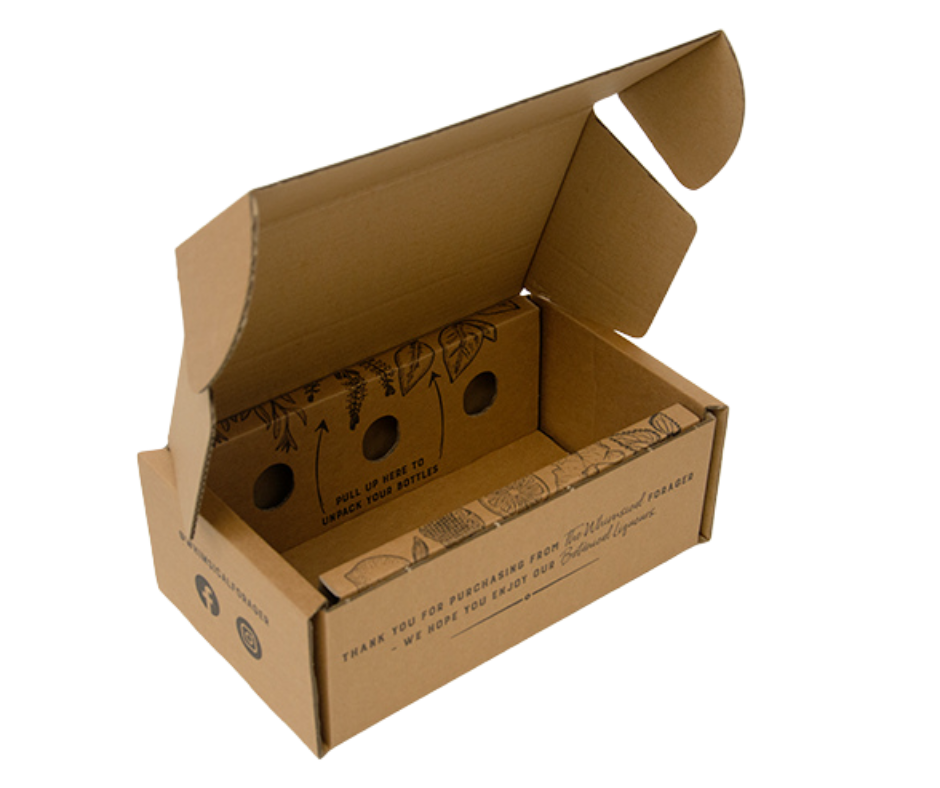  | 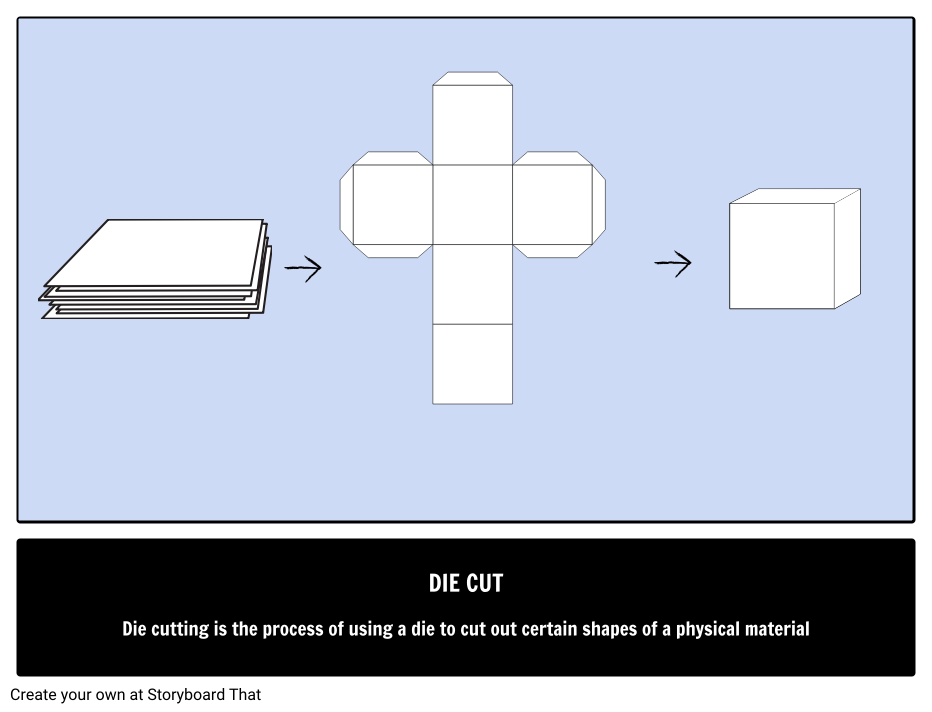  |
Die-cutting is done by a die-cutting machine, which is a combination of hand and machine mold punching. It is used in small quantities and laminated molds. The die-cutting machine has various types, which are more widely used in the cardboard industry. Examples of die-cutting are: jaw die-cutting, flat die-cutting, rotary die-cutting, and flat die-cutting.
P) Bobs
This machine is similar to letterpress, which is cost-effective in high-volume and large sizes. All operations that can be done with letterpress can also be done with the bobs machine.Different models of glued boxes:
1: Simple glued box:
The simplest case is that the box does not have a special coating, it is folded from one side and glued.
2: Glued box with lock bottom:
The bottom of the box opens and closes automatically. In a lock bottom box gluing machine, the cardboard box is glued together completely mechanically after printing. In a box gluing machine, accuracy, speed, and quality are very important. The boxes produced by this method are designed in such a way that when the box is opened, the bottom of the box opens and closes automatically. In addition to their very high strength, these boxes require very little space to be stored due to their special design.
3) Glued box with multiple points:
Boxes that need to be glued in several places, such as fancy chocolate and biscuit boxes. Glued boxes with multiple points are actually 4 points or 6 points. For example, in the method of 6-point glued box, the box in question is glued from 6 points. Boxes that are glued from 6 points have a very attractive appearance. Such as: Fancy boxes, chocolate boxes, and biscuit boxes.
4) Glued box with glue:
This method is used for boxes with cellophane or UV coating. Some boxes are placed in environments such as refrigerators or freezers, such as boxes of shrimp, fish, or prepared foods. In this case, hot melt adhesives must be used for box gluing. In fact, the adhesive melts with heat and turns to a solid when it loses heat.Glued box is used to glue the edges of non-laminated boxes, cd, dvd volts, laminated boxes, labels, lock bottom boxes, punch points, and desktop stands in 1-piece and 2-piece form.Glued box is done in two ways, manual and machine.In the design, printing, and advertising company of the new world, there is the possibility of window pack (film gluing).
Products categories
- Services
- Consulting and Marketing - season 1
- Chapter2 - Designing, Photography, Filmmaking
- Chapter3 - Printing, Packaging, Post-print
- Part 5: Printing projects and related industries
- 5.1) Lithography
- 5.2) Offset printing
- 5.3) Digital printing
- 5.4) Printing PVC sheets
- 5.5)3D printing
- 5.6) Metallization printing
- 5.7) Talaq Printing
- 5.8) Print on fabric
- 5.9) Printing and burning CD
- 5.10) CNC and laser printing (engraving)
- 5.11) Gold blocking-hot stamping-embossed stamping
- 5.12) Tampo printing
- 5.13) Silk printing
- 5.14) Printing on metal
- 5.15) Printing on stone
- 5.16) Thermal printing
- 5.17) Roll printing
- 5.18) Large format printing
- 5.19) Seal and gelatin
- 5.20) Types of coatings
- 5.21) Molding
- 5.22) Stamping
- 5.23) Sticky box
- 5.24) Assembly
- 5.25) Post-press services
- 6. Technical office services
- 7. Binding
- part 8 - Holograms and Types of Labels
- 9. Packaging industries
- 9.1 Box
- 9.2 Board cover
- 9.3 Plexi boxes & Vaccum Forming
- 9.4 Fantasy boxes
- 9.5 Laminate and inner cover
- 9.6 Carton
- 9.7 Shrink
- 9.8 Air bubble nylon
- 9.9 Disposable food containers
- 9.10 Plastic containers
- 9.11 General format
- 9.12 Board can
- 9.13 Jar glass containers
- 9.14 Manufacturing sacks and industrial packets
- 9.15 Manufacturing and selling machineries
- 9.16 Food container
- part 10 - Shopping bag
- Part 5: Printing projects and related industries
- chapter4:Environmental Advertising and Exhibition Services
- Chapter 5 - Audiovisual Advertising and Electronic Marketing
- Chapter 6 - Advertising gifts
- part 24- Advertising gifts
- 24.1 Stationery
- 24-2 Stationary set
- Main brand stationary set
- Stationary set of CROSS brand
- Stationary set of SHEAFFER brand
- CANDID
- GHANARY desktop set
- Stationary set of WATERMAN
- Stationary set of PARKER
- Stationary set of HANSA
- Stationary set of PORTOK
- Stationary set of MELODY
- Stationary set of EUROPEN
- Stationary set of DIPLOMAT brand
- Stationary set of PIERRE CARDIN brand
- Miscellaneous brands' set (pen – fountain pen)
- Main brand stationary set
- 24.3 Card case
- 24.4 Keychain
- 24.5 Lighter
- 24.6 Ashtray
- 24.7 Main clothes (advertising cloth)
- 24.8 Subsidiary clothes
- 24.9 Advertising hat
- 24.10 advertising towel
- 24.11 Advertising cover
- 24.12 Advertising radio
- 24.13 Advertising clock and wristwatch
- 24.14 Advertising mug mat
- 24.15 Advertising mouse pad
- 24.16 Advertising car sunshade
- 24.17 Leather artifacts
- 24.18 Advertising document cover
- 24.19 Advertising folder and writing pad
- 24.20 Advertising index file and Zoonckan
- 24.21 Advertising bag and wallet
- 24.22 Advertising balloon
- 24.23 Advertising ruler
- 24.24 Advertising puzzle
- 24.25 Children's advertising gifts
- 24.26 Postcard
- 24.27 Advertising magnet (magnetic stickers)
- 24.28 Plexi file and bag
- 24.29 Advertising tissue and tissue box
- 24.30 Sculpture-pottery-tile
- 24.31 Advertising containers
- 24.32 Calculator
- 24.33 Office papers-fantasy paper-notepad
- 24.34 Lighting advertising gifts
- 24.35software gift
- 24.36 Advertising photo frame
- 24.37 Advertising photo album
- 24.38 Handicrafts
- 24.39 Special religious gifts
- 24.40 Doll making
- 24.41 Advertising tools
- 24.42 Women's special gifts
- 24-43) mobile accessory
- 24.44 Electronic gifts
- 24.45 Advertising hand fan
- 24.46 Special medical gifts
- 24.47 Advertising opener
- 24.48 Advertising (woven) carpet tableau
- 24.49 Advertising desktop set
- 24.50 Advertising air freshener
- 24.51 Umbrella
- 24.52 Advertising meter
- 24.53 Advertising tape dispenser
- 24.54 Optical advertising gifts
- 24.55 Advertising compass
- 24.56 Advertising thermometer
- 24.57 Automobile advertising gifts
- 24.58 Special gifts
- 24-59) Wooden promotional gifts
- part 25 - 26 - Almanac and telephone directory
- 27. Calendar
- part28- 27.1 Exquisite books
- part 24- Advertising gifts
- Chapter 7- The world of distribution
- Chapter 8- Export and Import
Online price inquiry
"*" indicates required fields
Quick access
- Chapter1 - Consulting and Marketing
- Chapter2 - Designing, Photography, Filmmaking
- Chapter3 - Printing, Packaging, Post-print
- Chapter4 - Environmental Advertising and Exhibition Services
- Chapter5 - Audiovisual Advertising and Electronic Marketing
- Chapter6 - Advertising gifts
- Chapter 7- The world of distribution
- Chapter 8- Export and Import


